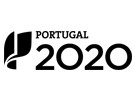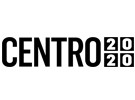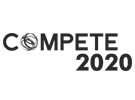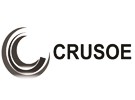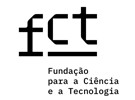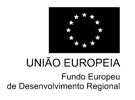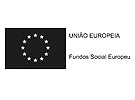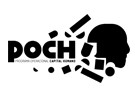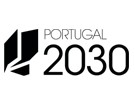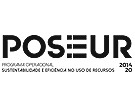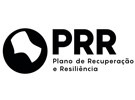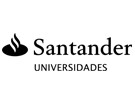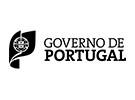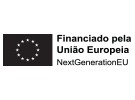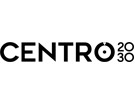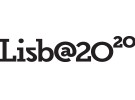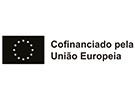



Publication in the Diário da República: Despacho n.º 8955/2023 - 31/08/2023
5 ECTS; 3º Ano, 1º Semestre, 45,0 T + 2,0 OT , Cód. 9380101.
Lecturer
- Ana Rita de Sousa Gaspar Vieira (1)(2)
(1) Docente Responsável
(2) Docente que lecciona
Prerequisites
Not applicable
Objectives
a) Contextually frame artistic movements from the end of the Modern Age to Contemporary times, promoting an integrated study of art from a multidisciplinary perspective and a broad view of the artistic phenomenon.
b) Carry out an integrated study of works of art, seized as aesthetic, historical and artistic objects.
c) Develop the ability to analyze works of art, according to the construction standards of a current scientific discourse, to foster a critical spirit in the appreciation of works of art, taking into account the operational tools for their investigation and conservation.
Program
I. Five centuries of contemporary art (from the end of the Modern Age to the Contemporary Age);
1.1. Romanticism and Realism:
1.1.1. Spiritual intensity and connection with nature;
1.1.2. Pictorial Romanticism and the landscape as a metaphor;
1.1.3. Romantic revivals in architecture;
1.1.4. The Age of Positivism and Social Commitment: Realism;
1.2. Naturalism and Impressionism:
1.2.1. Naturalism as scientific objectivism;
1.2.2. Impressionism: revolution or renewal in continuity?
2. Post-Impressionism:
2.1. Paul Gauguin's primitive art;
2.2. Vincent Van Gogh and the «explosion of colorful feelings»;
2.3. Paul Cézanne: the critique of Impressionism and the return of constructed spatiality;
2.4. George Seurat and the divisionist theory of color;
II. Artistic practice in the 20th century.
1. The diversity of languages ??and disciplines:
1.1. Abstraction, body and nature as supports;
1.2. The collage; the performance, the video;
2. The displacement of the place of art towards the occupation of real space:
2.1. The production of the work in its relationship with reality;
2.2. The mechanisms for disseminating and receiving works of art: from the exhibition to the museum.
Evaluation Methodology
The assessment is continuous, involving the completion of two theoretical works, whose themes are related to the subjects studied in classes and previously agreed with the U.C. professor. (each work corresponding to 40% of the final grade). In addition to the work, there is mandatory attendance and participation in classes (which represent 20% of the final grade).
Students who obtain a grade equal to or greater than 10 in continuous assessment are exempt from the exam.
Assessment by exam (100%) will also correspond to the assessment of the two works mentioned, with mandatory prior agreement with the teachers, on the themes presented in classes.
Attendance at theoretical-practical classes will be mandatory. Students who are not present in at least 1/3 of the classes will be excluded due to absences.
Bibliography
- A.A.V., V. (1987). História da Arte. . (Vol. 8, 9 e 10). Lisboa: Alfa
- Didi-Huberman, G. (2013). O que vemos, o que nos olha.. São Paulo : EDITORA 34
- JANSON, H. (2010). A Nova História da Arte de Janson.. Lisboa: Fundação Calouste Gulbenkian
- Millet, C. (2000). A Arte Contemporânea.. Lisboa: Instituto Piaget
Teaching Method
Theoretical classes that always start from the observation and analysis of works of art and
Theoretical-practical classes based on discussion and reflection on the content covered in theoretical classes.
Tutorial support.
Software used in class
Not applicable
